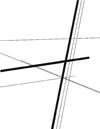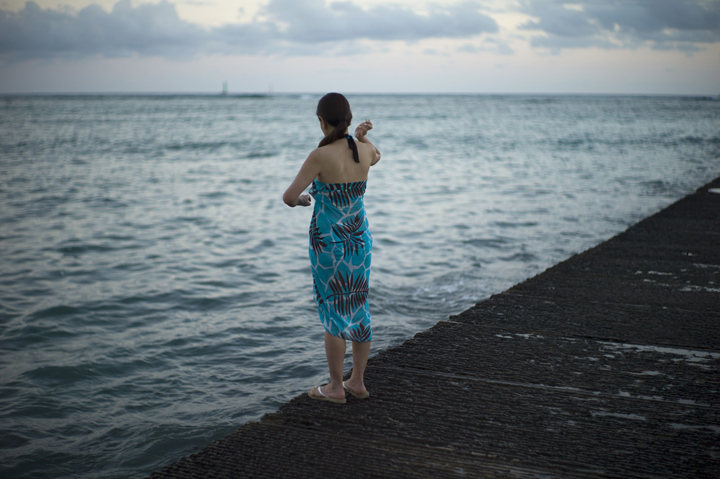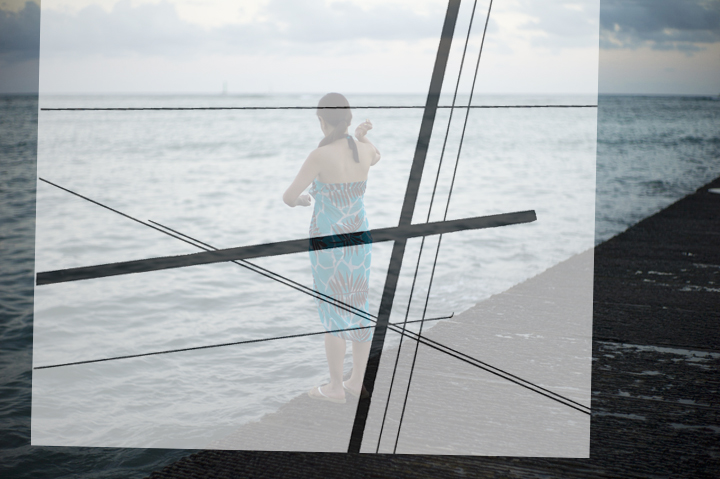
As I made my way down towards the R train at Union Square to catch the subway, I heard the sounds of an accordion playing norteño music, or Mexican polka music, coming from deep inside the station. The melodies quickly transported me back to my hometown of San Antonio filling me with memories of long ago. Over the years I lived in New York, I’ve never heard Mexican music played in a subway station before so I rushed down the platform to find the musician playing these familiar sounds.
People have always entertained the crowds in the NYC subway as it doesn’t take much to set up in an open nook and play for the thousands passing through any station daily. From opera singers to blues guitarists, to a homeless guy banging on discarded trash bins, people have entertained in hopes of being discovered, or just to make a few bucks in tips. In the past, many ethnic groups have also played their music as well. And as Mexican immigrants are the fastest growing Hispanic population in the area, it doesn’t surprise me to hear norteño music now played in the stations.
The musical notes led to me to a middle-aged Hispanic male wearing a cowboy hat and blue jeans jacket. He expertly played his Horner accordion and his melodies sang of a town far away, a family separated, a lover no longer waiting. His fingers walked up and down the keyboard and his arms pulled and squeezed air through the bellows. He played the song of immigrants…of people who left for something better and of sacrifice and sadness in the new land. His tunes reminded me we are all immigrants as we have all left something behind in search of something else. I left Texas for New York and then for Hawaii, leaving many people in the past and the memories from there.
I listened to him play for a few seconds but the train arrived suddenly. So I quickly pulled out my camera and snapped off a few frames not realizing my outdoor setting on the camera couldn’t handle the darkness on the platform. Just as the doors were closing, I dropped a few dollars into his tip jar and rode off towards Times Square.
The pictures ended up being “the last on the roll” as I was returning to Hawaii the next day. As I sat on the train, I looked at the digital display on the back of my camera and lamented the wrong settings. The image was blurry but it conveyed, like his music, the melody in the subway. Underneath his hat, I saw a man, not unlike many of the people I grew up around in Texas. He was a neighbor, a stranger I saw at the Lake, or the man playing in the mariachi band at Market Square. He was familiar to me but could not find his face in Hawaii. I can still hear his melody in my head and it tells me he was not playing his music just to make a few bucks, but to remind us of who we are.





